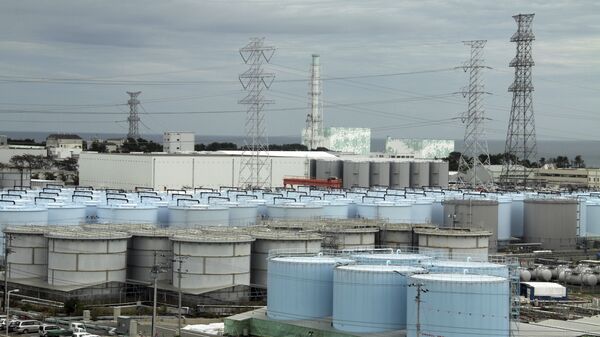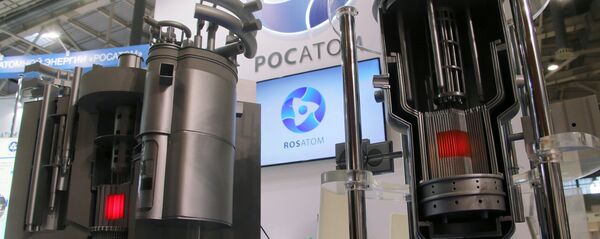Sputnik discussed the issue with Anders Moller, Professor of biological sciences at the University of South Carolina.
Sputnik: Can you tell us how the environment has changed in the region 32 years after the catastrophe?
Anders Moller: The thing that's very obvious if you visit this area over the years is that there's been an extraordinary accumulation of wood and leaves in the forests and it's not just a small increase. It's like you're walking on the covers on a bed, that's the impression you get when walking around in the forest, and this accumulation of plant material has tremendously increased the risk of forest fires that can result in reabsorption of radioactive particles and transport of these over many hundreds of kilometers. So there is a significant risk because of this accumulation of wood.
Sputnik: What can you say about the degree of mutations and how long does this usually last for post this kind of catastrophe?
Anders Moller: Levels of mutations in Chernobyl and the neighborhood are so great that it exceeds anything else recorded in the literature, so it is really significant. What's characteristic of mutations is that they typically damage sperm cells and eggs and thereby affect newborns and even kill embryos, and these mutations, if they are affecting sperm or eggs, can be transmitted from one generation to the next. Natal effects as seen now can also appear in the next generation and in the following generations, so there is no end of these events.
Sputnik: According to the recent reports it seems that wildlife has returned to the region, is that a sign that they've adapted to these new conditions, or is it possible to adapt to new conditions, or perhaps they've mutated and this allows them to live in this area, how can you explain that?
Anders Moller: Yes it's true, that there've been these claims in the literature but on the other hand we don't know anything about the condition of these wild animals as to say they're reproductive potential and viability. We know from the standard biological theory that goes back a couple of hundred years that all organisms will multiply in sequence but the question is not whether they'll multiply it is whether the populations of organisms have increased more or less than expected. If we go out and look at the reproduction rates of animals in the Chernobyl exclusion zone we see that they have very low reproductive rates and it looks as if they're doing less well in these areas.
READ MORE: Scholar on Nuclear Disasters: 'I Am Not Optimistic About Our Collective Future'
Sputnik: To what extent has Russia rethought their nuclear safety policies because there are many nuclear power plants in Russia, have they become more safety conscious after this incident?
Anders Moller: We can't really discuss safety without considering risk and we know that Russia has a long list of nuclear accidents, in fact, Chernobyl exploded twice, it exploded in 1982 and again in 1986, the Mayak explosion in 1957, Beloyarsk in 1977, and Leningrad twice in 1974. It's not really a glorious past that arises from this information.
Sputnik: Can you compare the impact of the Chernobyl incident with the impact of the Fukushima incident?
Anders Moller: There's been quite a number of studies in both areas and the similarities of the negative effects are quite striking but we also have to remember that the Japanese people live in areas with the contamination levels that are higher than the levels the caused evacuation in Chernobyl. So the Japanese do not understand that their high population density is much higher than that in Ukraine and that sets limits to what can be done in Fukushima and the surroundings.
Sputnik: Should nuclear power plants all be phased out and are they not safe in general? Are modern nuclear power plants safe at all?
Anders Moller: In order to reduce risk we need to remove nuclear power plants from areas with large cities because putting up nuclear power plants next to megacities is asking for trouble. We also need to avoid a risk of earthquakes and tsunamis in areas where this happens and stop constructing nuclear power plants in such areas.
READ MORE: Haunting Chernobyl: Day of Remembrance of Nuclear Catastrophe
The views and opinions expressed by Anders Moller are those of the expert and do not necessarily reflect those of Sputnik.




